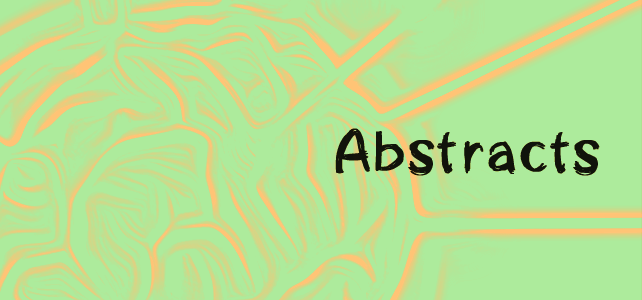Lateralization of the subthalamic nucleus with age in Parkinson’s disease
- Julio L.B. Pereiraa, 1,
- Sydney Furiea, 1,
- Justin Sharima,
- Daniel Yazdia,
- Antonio A.F. DeSallesa,
- Nader Pouratiana, b, c, d, ,
Abstract
Age-related changes in subthalamic nucleus (STN) position have not been well characterized in patients with Parkinson’s disease (PD). We report a systematic retrospective analysis of age-related changes in radiographic and final deep brain stimulator (DBS) STN coordinates in PD patients. The charts of 134 PD patients (97 males, 28–84 years) representing 255 STN were reviewed. Multiple linear regression, stepwise regression, and relative importance of regressors analysis was performed to determine the significance of the relationship between STN position and age. Across all subjects, both radiographic STN localization and final DBS position within the STN showed a lateralization of the STN target with age (R2 = 0.1096, p = 6.9 × 10?8 andR2 = 0.0433, p = 8.7 × 10?4, respectively). Lateralization with age was observed regardless of MR field strength (1.5 T and 3.0 T) (R2 = 0.0946, p = 7.6 × 10?6 andR2 = 0.2687, p = 9.2 × 10?5, respectively). No other consistent or clinically significant age-related changes were identified. Multiple linear regression revealed that the third ventricle width and age are statistically significant predictors of radiographic STN lateralization (R2 = 0.2404, p = 1.51 × 10?5 and p = 0.00784, respectively). Step-wise regression demonstrated that age is a non-redundant predictor of STN lateralization relative to third ventricle width. Similar to healthy controls, STN position appears to shift laterally with age in PD. This highlights limitations of indirect targeting and atlas-based stereotactic surgery and argues for reliance on patient specific anatomy since factors such as age and 3rd ventricular width can contribute to patient-specific variability in STN localization.
Keywords
- Deep brain stimulation;
- Subthalamic nucleus;
- Targeting;
- Parkinson’s disease
READ MORE: http://www.sciencedirect.com/science/article/pii/S2210533615300307


